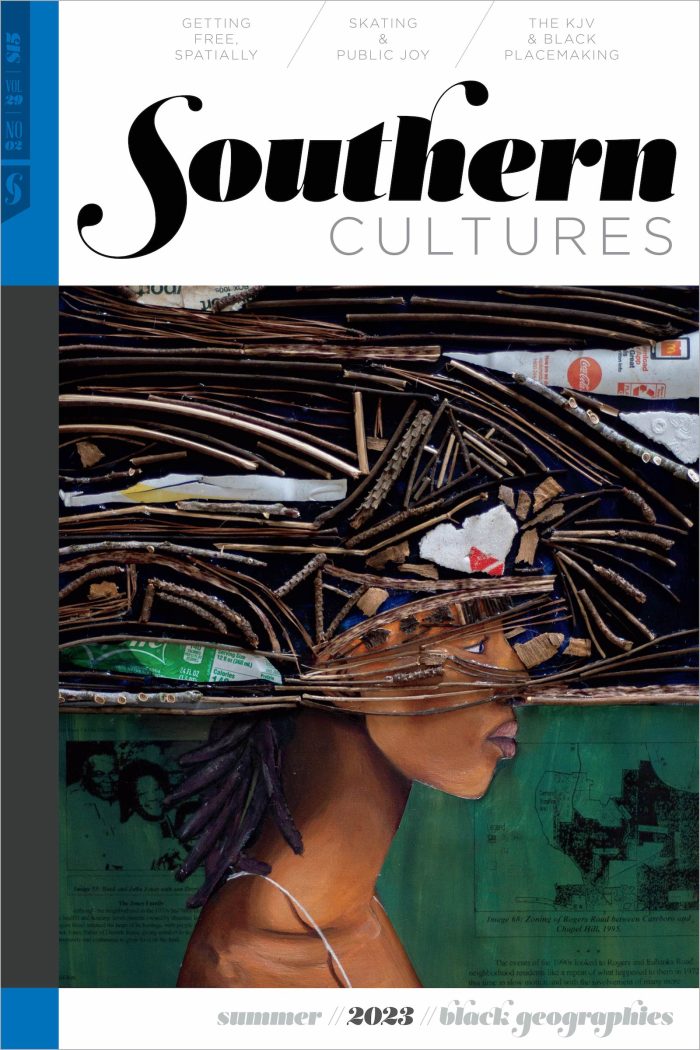“Political artwork produced by the Nation of Islam routinely invited readers to develop political and spiritual desires and expectations contingent on transformed relationships to an African homeland and life in the South versus the North.”
Black people living in the Post-Reconstruction South endured some of the most concerted and refined white supremacist political violence in the history of the then-century-old settler colonial project of the United States. “The 1890s [in particular] was the worst decade for Blacks in the history of America,” historian Lerone Bennett Jr. shares in the popular civil rights documentary Eyes on the Prize, reflecting on the dual forces of expanding legal-administrative domination alongside episodic lynching. Following a brief postbellum gesture toward Black participation in political life, white communities swiftly formulated and installed a network of local regimes of racial hierarchy, property dispossession, and state-sanctioned and vigilante violence, which culminated in the regionally extremist project of Jim Crow across the South, setting the stage for continued streams of Black migration northward and westward.


